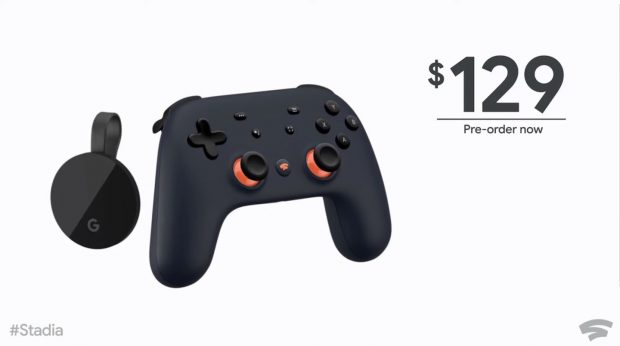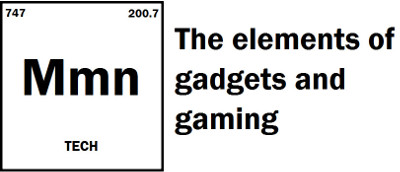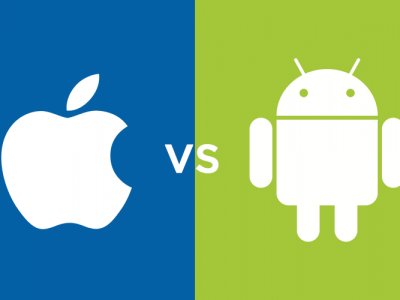

Google Stadia details leak, and the future of game streaming
We now know how much Google Stadia will cost, and what it will feature, ahead of its official E3 presentation.
The service will initially release with a single Pro tier, which will cost $10 a month. This will give you access to games in up to 4K at 60fps, with HDR colour and 5.1 surround sound
For an additional fee of $130, you get a Chromecast Ultra, Stadia Controller, three month subscription to Stadia, and a copy of Destiny 2. Though this package is not required if you plan to use the service on your PC through the Chrome browser, or on a Pixel 3 phone.
We’ve also learned that Stadia will not be an all-you-can-eat buffet, unlike Netflix or PS Now. Rather games will be purchased a la carte, much like they are with traditional gaming platforms. So far there are no details on how much games will cost. However, Google is promising features similar to PS+ and Xbox Live Gold for their Pro tier, including discounts and regular free games.
A free tier is expected to release in 2020, which will limit games to 1080p, 60fps, and stereo sound.
This all sounds like a pretty good deal. At least until you run the numbers. Consoles usually last about 5 years on the market and retail for $399 to $499 at launch. Stadia would cost $600 over the same five year period. $730 if you include the upfront cost for TV play. If you factor in annual subscriptions for online play, the cost difference narrows, or even gives a slight advantage to Stadia. However, there’s still questions regarding what kind of experience you’ll get for that money.
The advertising giant has been pretty mum on how well the service will perform. Lag has been a chronic problem with streaming. Even more mature platforms like PS Now, while functional, aren’t exactly comparable to playing games on dedicated hardware.
Lag manifests itself as a delay between user input and response to that action on the screen. It’s not so much an issue in slower paced titles, but it can be a big problem in things like hair trigger shooters and fighting games, where every millisecond counts. Streaming will also likely compound lag already present with typical online multiplayer games, as well as affecting single player.
The problem with lag is it’s not something that can be easily fixed. We all imagine data zipping across the internet at the speed of light, but it doesn’t really work that way in reality. Signals travel quite a bit slower in a wire, and slower still for wireless. That’s what causes latency. The further you are from the source and destination of the data, the worse your lag is going to be. This is made worse by the number of hops that data has to take. The internet is an interconnected web of computers, and it’s very rare your data will take a straight shot to the servers.
This means that Google will need to ensure their game service takes the shortest route as often as possible. Which means they’ll have to install Stadia servers in every major urban area. That requires a high capital investment. Much more than music and video streaming. Whether Google thinks they’ll make enough on premium subscriptions and data mining is something totally different. But I can’t shake the feeling that $10 a month will be an “introductory” price. There’s also no telling how network congestion will effect overall gameplay.
Clearly streaming is the direction the game industry wants to go. It lowers the cost barrier to entry for gamers, while at the same time taking control of the software out of their hands. Indeed, many major publishers have signed on to Stadia such as EA, Bethesda, and Ubisoft. However, I think we’re still a ways out before Streaming starts to replace dedicated consoles and gaming PCs. Then again, never underestimate what consumers are willing to sacrifice for the sake of convenience.
Stadia will release in Canada, the US, UK, and Western Europe in November of this year.


